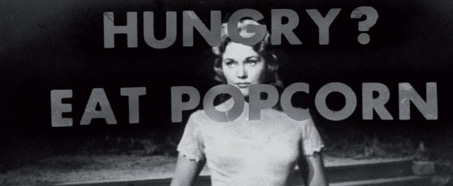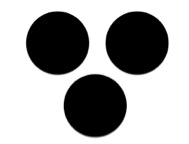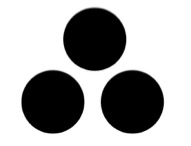Unconscious Cues and Their Surprising Effect on Behavior
Relevant topics Archive, Conversion
Influencing behavior through advertisements, both consciously and unconsciously, but especially the latter, has given neuromarketing a bad reputation. Take James Vicary’s famous subliminal messaging experiment from the 1950s as an example. Vicary claimed that subliminal projections telling ten thousands of people to Drink Coca-Cola and to Eat Popcorn during a movie caused a 18 % sales increase for Coca Cola and 58 % sales increase for popcorn.

Less known is the fact that Vicary never actually provided any explanations for his results, which made it impossible to reproduce the effect. There even is evidence that the whole experiment actually never took place; Vicary’s results are considered a hoax. Still, ever since people seem worried that advertisers could control their behavior through subtle, unconscious cues.
The Upside of Unconscious Cues
A new field experiment by Krupka & Croson (2016) however supports the theory of unconscious influencing. They conducted research on the effect of unconscious cues on people’s donation behavior for a public library. And indeed their experiment suggests that the amount of money donated can be positively influenced by an unconscious cue, consisting of three dots. Depending on the arrangement of these dots they can be interpreted as a face and triggers unconscious feelings of being observed by others.


What’s new is that the research leverages the two-stage decision process associated with donation behavior: People first decide whether to make a donation or not and only then decide how much to donate. The conscious and unconscious cues can serve as decision-making input, but their effect on the process operates through different channels.
The unconscious cue in the experiment significantly affects donation behavior by enhancing the intensity of the behavior. This means that norm cues don’t uniformly affect the decision-making process, but can have a differential effect on those who are already inclined to engage in a particular behavior. That’s why it is crucial to analyze the context of desired behavior and take into account what aspect of the decision-making process is affected by the cue.
Take Home Points
The results of this study imply an economically sizable effect of normative cues when considered which aspect of the two-stage decision process is affected by the cue. Therefore the usage of normative cues is an effective influencing method with a considerable impact on behavior and has three major advantages: It is inexpensive, easy to implement and can be used in many different contexts.
Further Reading
-
Why hipsters have more fun, and why taking so many pictures is part of it
‘Come on, let’s take a selfieeeee!’
What do hipsters, tourists and that Instagram addicted friend we all know, have in common? They all seem to take pictures of almost anything, making them seem very uninterested their surroundings and, even worse, in you. Seem. Because recent research shows the exact opposite might be the case.


